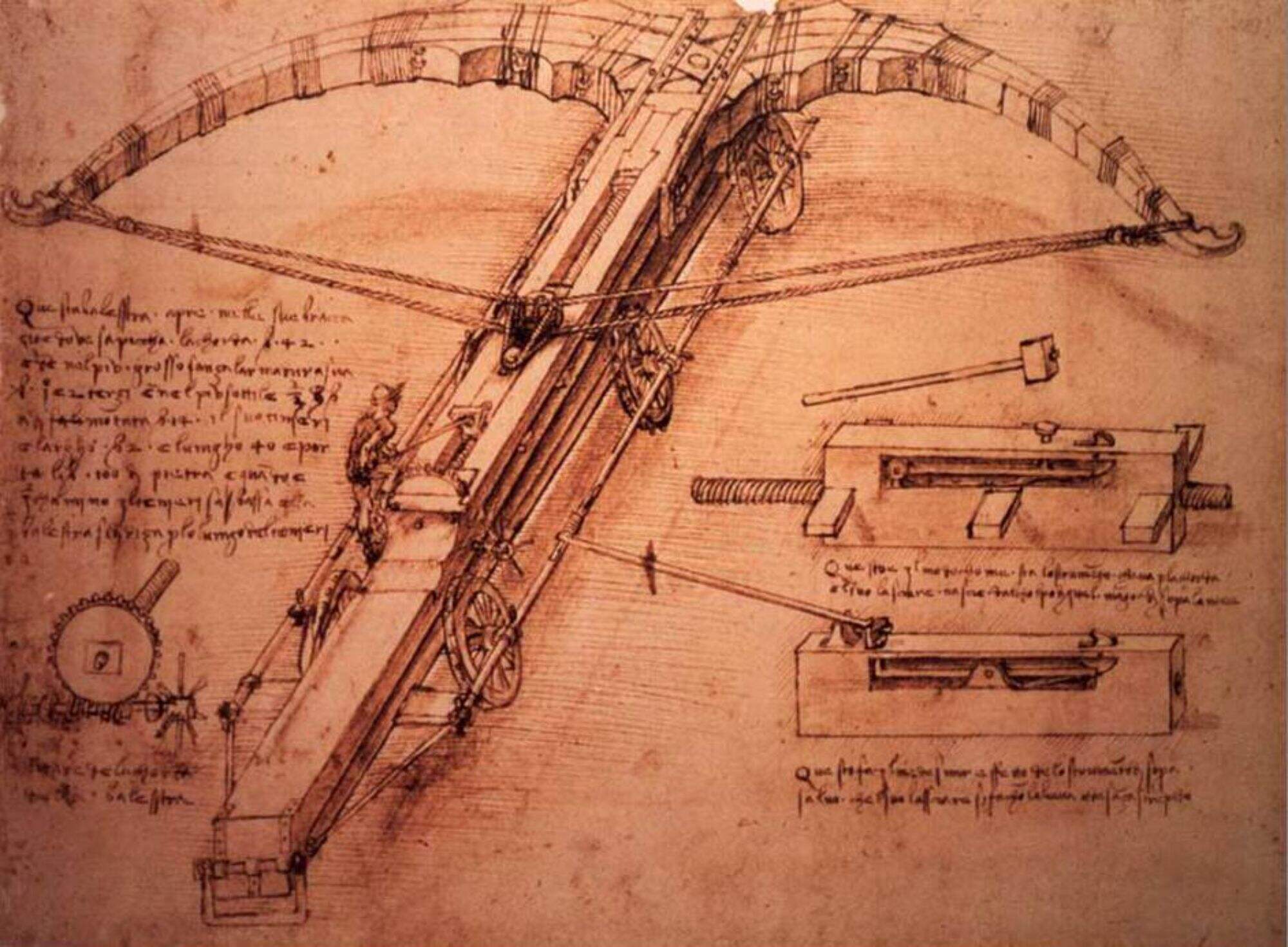Early Development: Explore the earliest optical sighting tools used in ancient civilizations, such as the simple sights of ancient Greece and Rome.
The earliest optical sighting tools used in ancient civilizations were often very simple, but they demonstrated mankind's pursuit of accurate shooting and a basic understanding of optical phenomena. During the ancient Greek and Roman times, warriors used a variety of simple sights to help them shoot on the battlefield. Here are some examples of ancient optical sighting tools:
Ancient Greek Bow Sights: Ancient Greek warriors often used bows and arrows as their primary ranged weapons. To increase the accuracy of their shooting, they may use simple sights to help them aim at the target. These sights may be frames made of wood or metal with a vertical or horizontal line through which the shooter can aim at the target.
Ancient Roman Crossbow Sight: Ancient Roman crossbowmen typically used crossbows as their primary ranged weapon. To improve the accuracy of their shots, they may use an aiming tool called a "groma." The groma is a simple wooden frame with crossed vertical and horizontal lines through which the shooter can aim at the target. In addition, some ancient Roman sights may have included a simple sighting telescope to help the shooter better see the target when shooting at long distances.
Although these ancient optical sighting tools were simple, they laid the foundation for later technological development. They show that ancient humans had realized the importance of accurate shooting and tried to improve the accuracy of shooting through various means. Although these sights were very different from our modern optical sights, they undoubtedly provided inspiration and inspiration for later scientists and engineers, promoting the further development of optical sights.














































